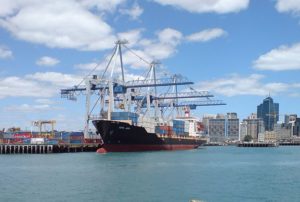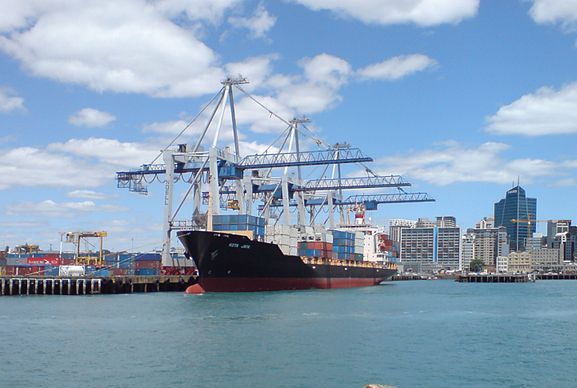 The average confidence level of stakeholders in the shipping industry went up slightly in May, but uncertainty on the economic and geopolitical fronts weighs heavy on their minds, according to the latest survey results from Moore Stephens.
The average confidence level of stakeholders in the shipping industry went up slightly in May, but uncertainty on the economic and geopolitical fronts weighs heavy on their minds, according to the latest survey results from Moore Stephens.
The confidence of industry players in the month rose to 5.1 on a scale of 1 (low) to 10 (high) from the 5.0 recorded in February 2016. However, it is still the second lowest rating in the life of the survey.
Confidence on the part of owners was markedly up this time, from 4.8 to 5.7, while charterers were also slightly more optimistic than in February, their rating inching up from 3.9 to 4.0. Confidence among managers and brokers, however, was down, from 5.5 to 5.1 and from 5.1 to 4.3, respectively.
Geographically, albeit from very low levels last time, confidence was up in Asia, in Europe, and in North America.
Richard Greiner, Moore Stephens partner for the shipping industry group, says, “If there is one thing certain in the current shipping market, it is the level of uncertainty which is pervading all sectors at the moment. Over the three months covered by our latest survey, that uncertainty has embraced a variety of industry-specific issues, as well as geopolitical factors ranging from the UK referendum membership [the “Brexit” vote prevailed in the recent election] to the comparative slowdown in the Chinese economy. Against such a background, any increase in shipping confidence—however small—is welcome.”
Demand trends, competition, and tonnage supply featured again as the top three factors cited as those likely to influence performance most significantly over the coming 12 months. Operating costs featured in fifth place, ahead of regulation and fuel costs.
Once again, a surfeit of tonnage and a paucity of scrapping were referenced by a number of respondents. “Many of our respondents continue to express serious misgivings about the extent of overtonnaging, and about the inadequacy of current levels of demolition activity,” said Greiner.
The likelihood of respondents making a major investment or significant development over the next 12 months was up marginally on the previous survey, which equaled the figure recorded in February 2009 as the lowest in the life of the survey to date. The confidence of owners in this respect was up significantly, while managers also recorded a small increase. Charterers and brokers, however, were less confident in this regard than they were three months ago, respectively.
The number of respondents who expected finance costs to increase over the next 12 months was down by one percentage point on last time. The numbers of owners, managers, and brokers anticipating dearer finance were up by one, respectively, but charterers’ expectations were down by 27 percentage points.
Looking ahead, “it is clear that shipping is in for a hard 12 months. The problems cited by the respondents to our survey are familiar in nature and, in many cases, growing in the extent of their severity,” said Greiner.
On the freight markets: “There is meanwhile little cheer in the freight markets. In the dry bulk sector, rates are described as ‘dire’, while it is reported that the container ship market is seeing some of the lowest freight rates in its history,” he added.
The tanker sector is faring better by comparison, but its fortunes over the coming 12 months will be closely linked to what happens to oil prices. The Baltic Dry Index, although recovering from its recent all-time low, is languishing by comparison with its “salad days,” and may continue to do so for some time absent a significant upturn in the Chinese economy.
Photo: Uploader





